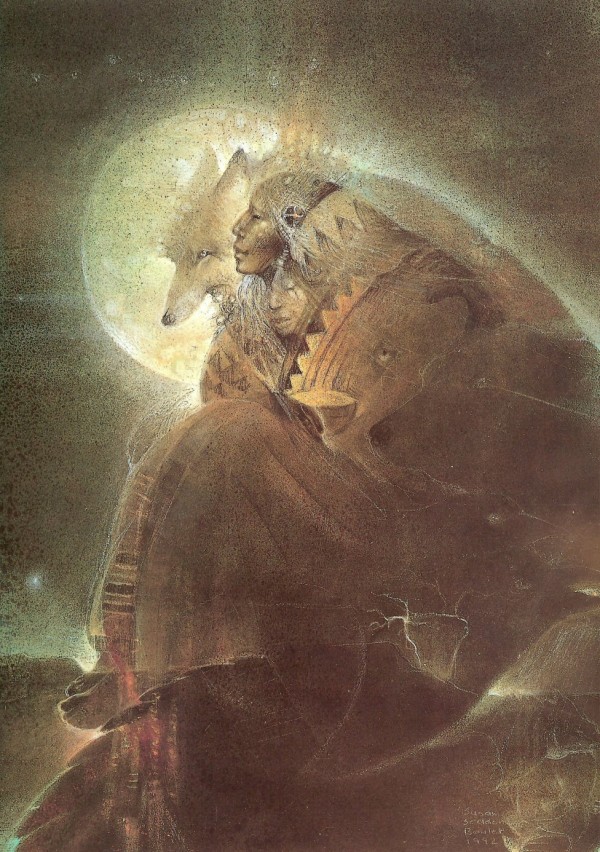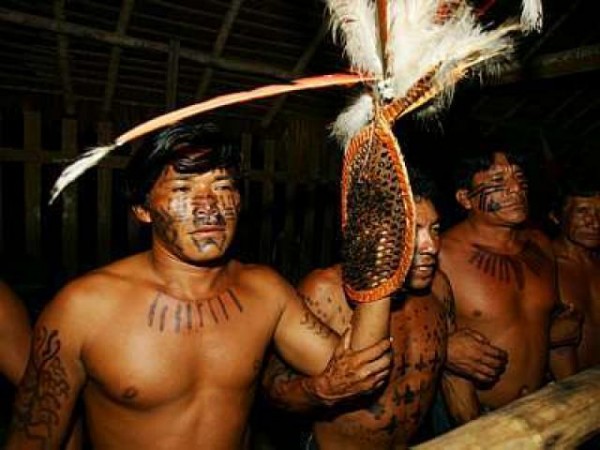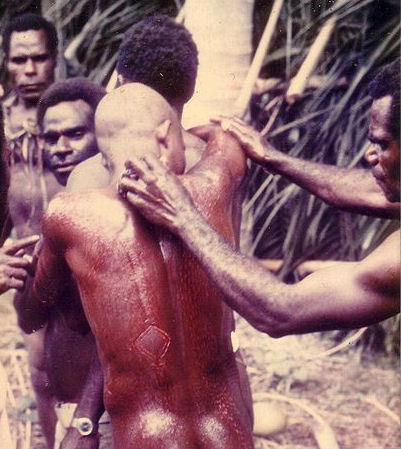5. Vision Quest

There are many differing versions of the vision quest depending on which Native American tribe you ask. Generally, the ritual takes place for four cycles of day and night. During this time, the aspiring youngster looks to discover his place in the natural order as well as in society. The initiate will often starve and/or deprive themselves of sleep during this period of time in search of a closer spiritual connection to the nature around him/her. Other deviations of the vision quest include the consumption of hallucinogenic plants and sitting stationary for long periods of time in an enclosed space.
4. Maasai Lion Hunt

This is one ritual that could be potentially more painful than the repeated stings of bullet ants. If all goes well, the initiate will have killed a male lion and have secured a prestigious place among his tribe. If fate delivers a bad stroke of luck, than the male lion will have a meaty lunch with leftovers to spare. The value that the Maasai places on the killing of lions (not to mention their ongoing practice of female circumcision) has led to the increasing intervention of outsiders. Often indigenous tribes are left to their traditions, but the decreasing population of lions has led to other solutions being sought such as compensating for lost live stock in exchange for sparing a lion’s life.
3. Bullet Ants

The Sateré-Mawé bullet ant ritual is by far the most consistently painful ritual on this list. So then why is it that this tribe of 10,000+ seemingly intelligent members (the first people in the world to cultivate guarana) subjects their men to excruciating pain? They intentionally cover their hands in an ant whose sting feels like being gunshot over and over again for 24 hours. The ants are drugged into a stupor and carefully interwoven into makeshift gloves. Once these buggers are woken up they go to work terrorizing the hands of aspiring warriors. This ritual has to be repeated a terrible 20 times before a boy can call himself a man. In the macho category, the bullet ant ritual destroys the closest competition western culture has to offer: “Edward Fortyhands”.
2. Blood Initiation

Deep in the Highlands of Papua New Guinea, a remote people practice a rite of passage referred to as a blood initiation. This ritual dates back to pre-colonial times, when tribal warfare and cannibalism was commonplace. Through bloodletting, these men let loose the female blood of their mothers in order to become fully man. After washing in a nearby creek, elders and initiates alike shove several feet of a local plant down their throats to make them vomit repeatedly. Sharp reeds are then pushed into the initiate’s nostrils—the blood and mucus bursting forth represents the expulsing of airborne contaminants. As if they haven’t cleared enough gunk out of their system, they use a small arrow to pierce and let blood out of their tongues. This final stage represents cleansing the female presence out of their mouth. Luckily, these tribes have chosen to overlook the one piece of male anatomy most familiar with female anatomy.
1. Crocodile Scars

Papua New Guinea is a place known for its variety of methods to torture young men into adulthood. For this reason, it is the only nation that has two entries on this list. Scarification has long been a rival to tattooing when it comes to adorning the skin of indigenous Pacific Islanders. Scarification is often considered the mark of a man while more importantly serves to attract females. For some tribes in Papua New Guinea, a figurative crocodile swallows males as boys and regurgitates them as men. In reality, older men of the village use sharp instruments to make mincemeat of the skin. The process rivals the bullet ant ritual when it comes to shear pain and surpasses it when it comes to invasiveness of the body. The end effect is an intricate patchwork of scarred skin that resembles the outer layer of a crocodile.